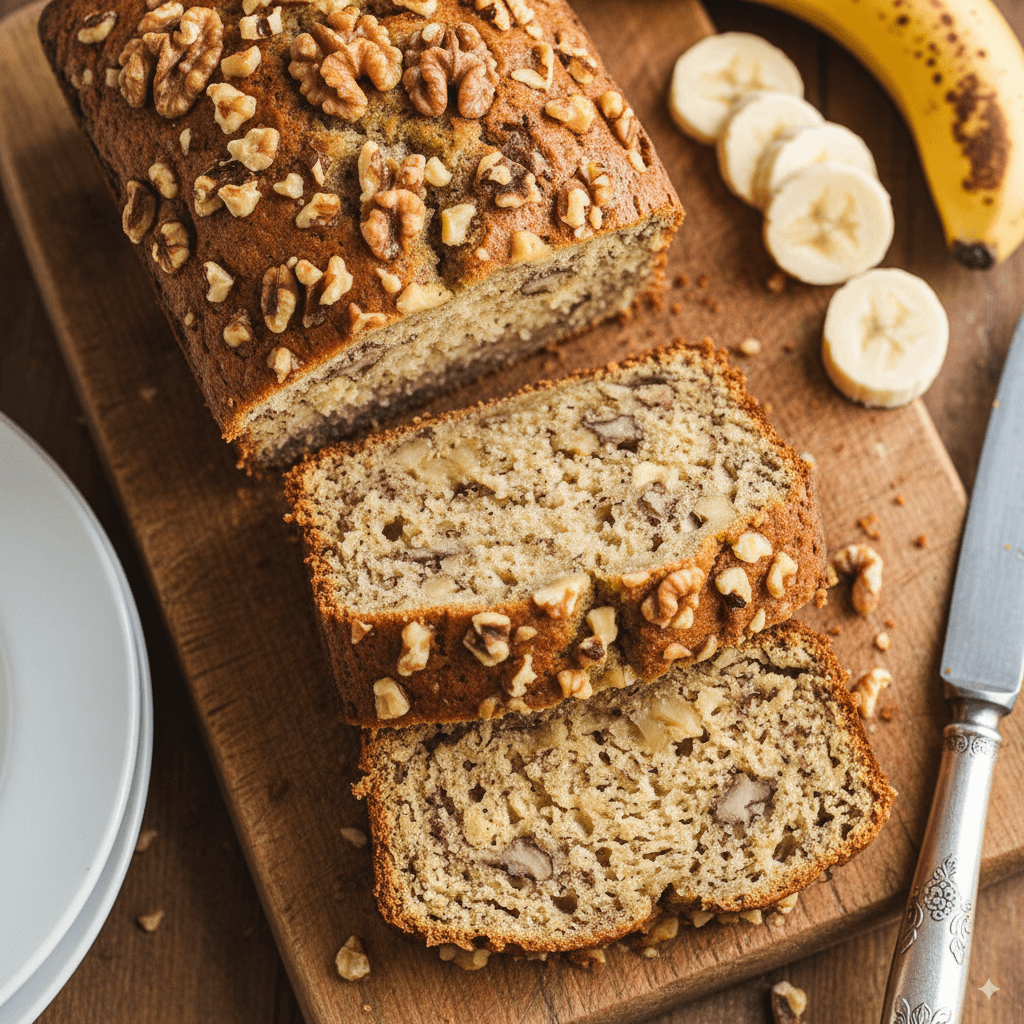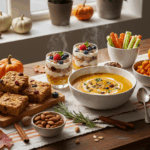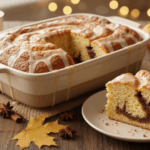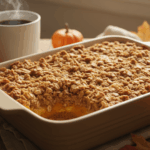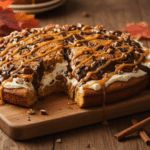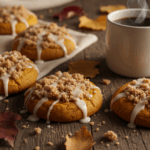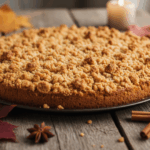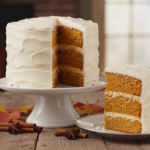Banana bread is a popular baked good that turns ripe bananas into a moist and flavorful treat. It is enjoyed by many for breakfast, dessert, or a snack. People often look for easy and reliable banana bread recipes to make at home.
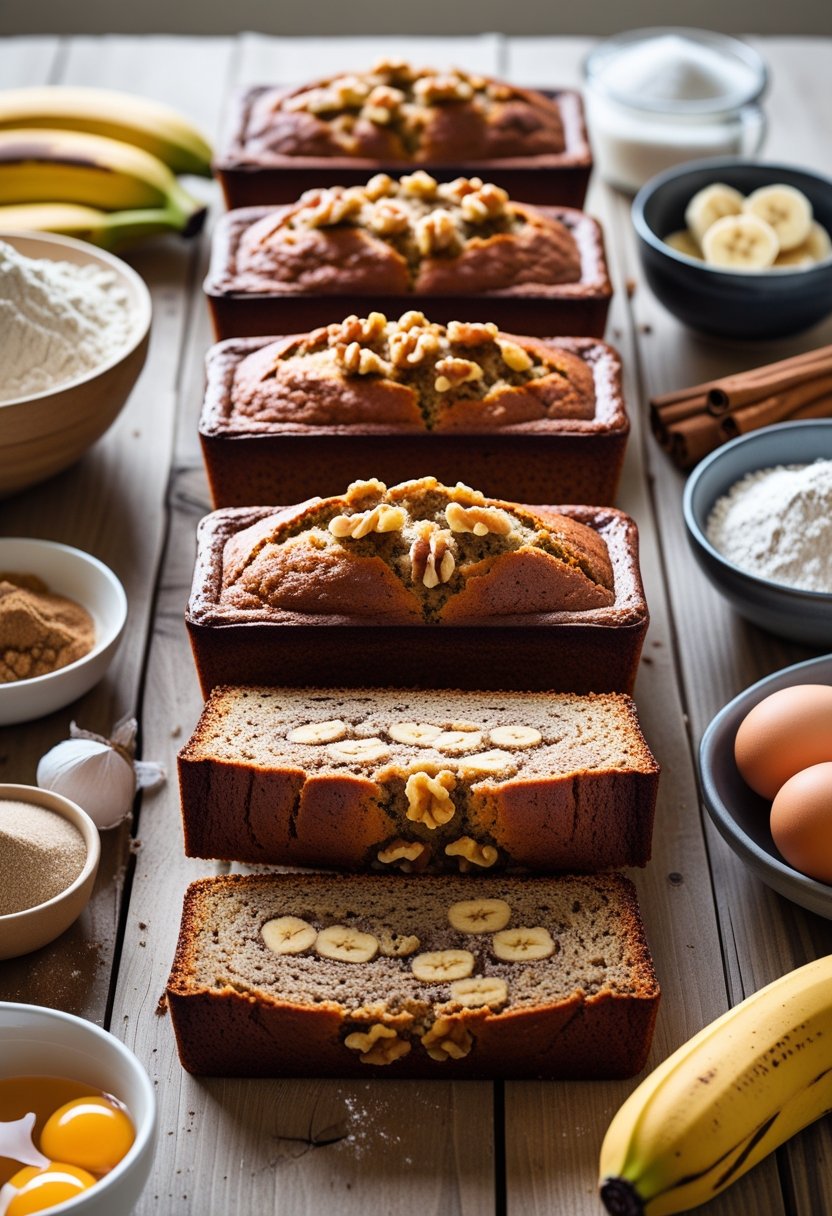
This article offers seven different banana bread recipes, helping readers find the right one to suit their taste and baking skills. Each recipe brings a unique twist while keeping the basic comfort of classic banana bread.
1) Use very ripe bananas for maximum flavor
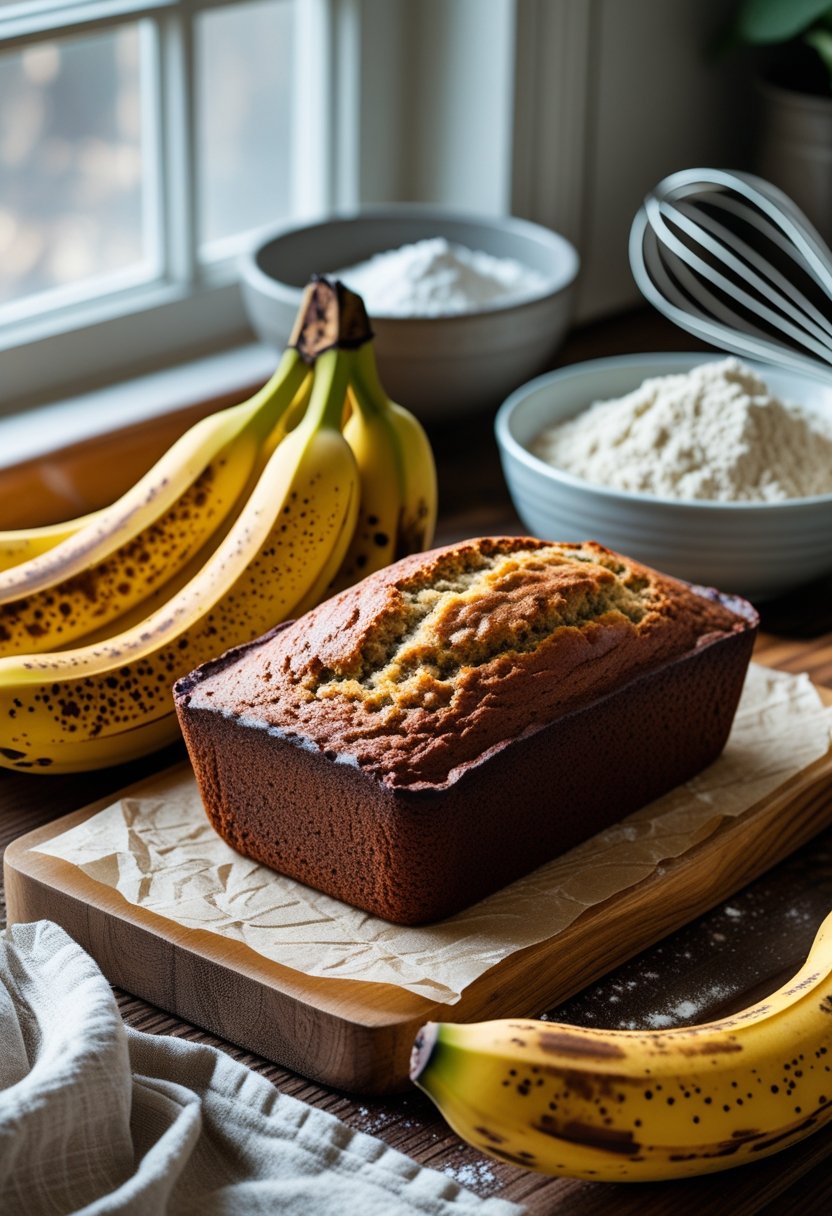
Very ripe bananas are key to making flavorful banana bread. When bananas turn brown and spotted, their starches convert to sugars. This natural sweetness enhances the bread’s taste without extra sugar.
Ripe bananas also add moisture to the bread. The softer the banana, the easier it mixes into the batter. This helps keep the bread tender and moist after baking.
Using underripe bananas can result in dry bread with less banana flavor. It is best to wait until the bananas are very soft and heavily speckled before using them in the recipe.
Some bakers prefer bananas with dark brown or even black spots. While they may not look appealing, these bananas bring the richest taste and natural sugars needed for great banana bread.
2) Incorporate brown sugar for a moist texture

Using brown sugar in banana bread helps keep it moist and soft. Brown sugar contains molasses, which adds extra moisture compared to regular white sugar. This helps create a tender crumb in the bread.
Brown sugar also gives the bread a richer flavor. It adds a mild caramel taste that pairs well with the sweetness of ripe bananas. This makes the bread more flavorful without overpowering the banana taste.
When mixing the batter, it is important to combine the brown sugar properly. It should be well blended with the wet ingredients to evenly distribute the moisture and sweetness. This step helps avoid dry spots in the bread.
Adding brown sugar can also help form a nice crust on top. The sugar caramelizes slightly, creating a crackly or slightly crunchy layer. This adds texture and a pleasant contrast to the soft inside.
Overall, brown sugar is a simple ingredient that improves both the texture and taste of banana bread. It is a common choice for making moist, flavorful loaves that bake evenly.
3) Add sour cream for richness and tenderness
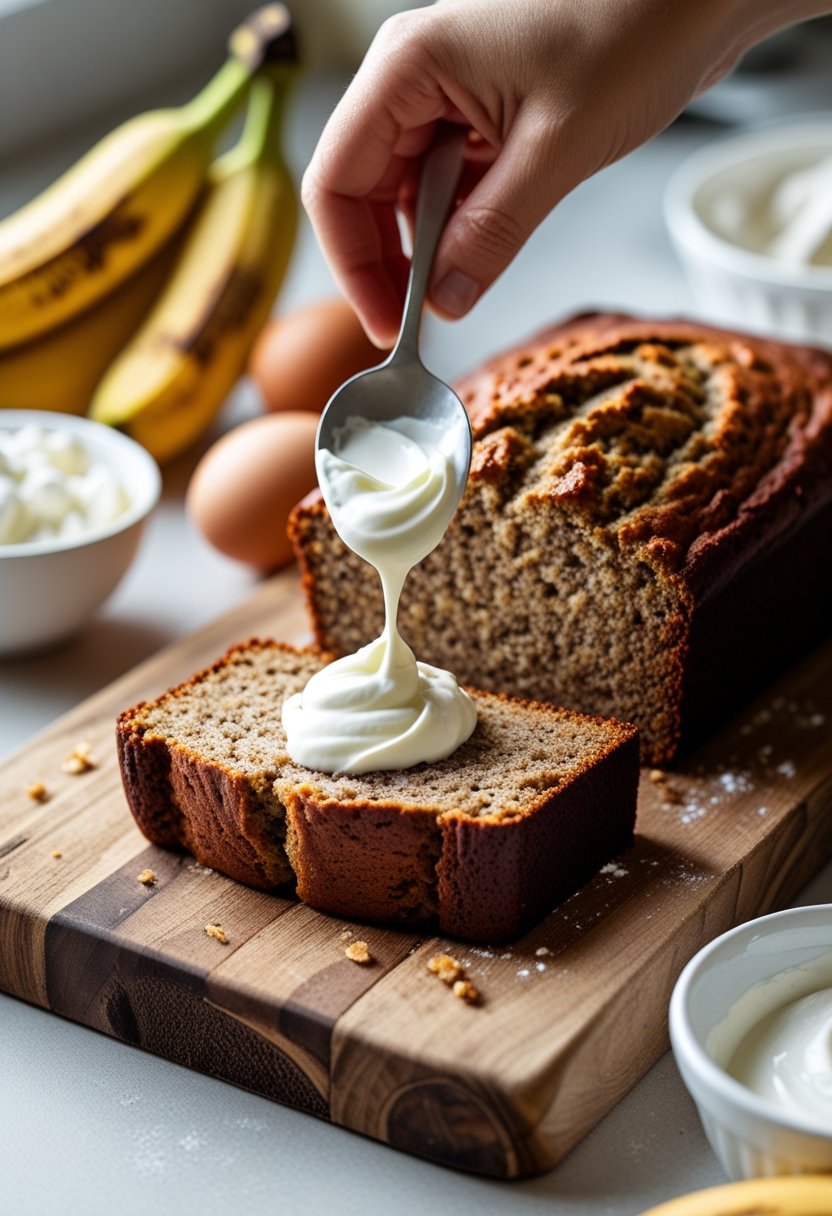
Adding sour cream to banana bread helps make the loaf moist and tender. The fat in sour cream adds richness, which creates a soft and delicate crumb. This gives the bread a better texture compared to using just butter or oil.
Sour cream also adds a slight tang that balances the sweetness of ripe bananas. This subtle tang enhances the overall flavor without making the bread taste sour. It can bring out warm, caramel-like notes in the bananas.
Including sour cream in the recipe can improve the bread’s freshness. It helps the bread stay soft longer and prevents it from drying out quickly. This makes it a popular choice for those who want moist banana bread that lasts a few days.
Many recipes suggest using sour cream with additional ingredients like vanilla, nuts, or chocolate chips. These elements combine well to create a rich and flavorful loaf suited for breakfast or snacks.
4) Mix ingredients in one bowl for simplicity
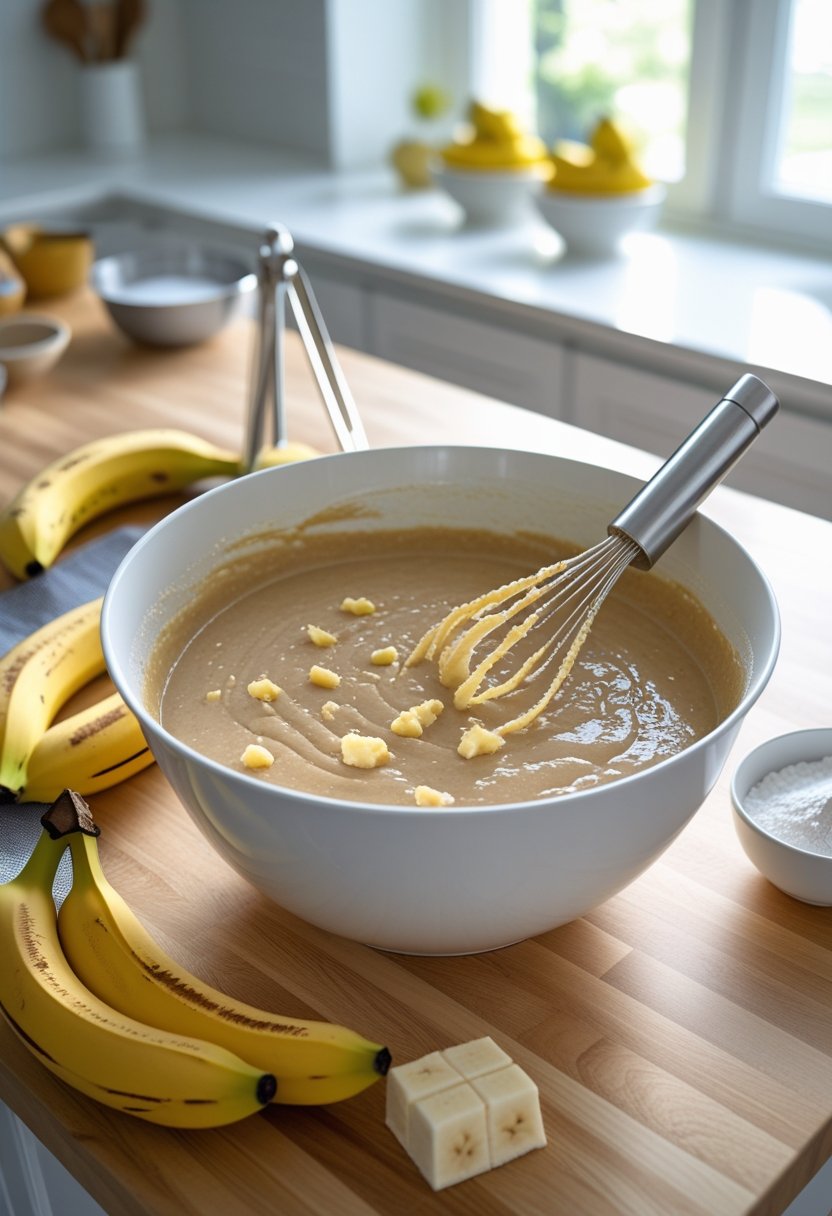
Mixing all the ingredients in one bowl makes the banana bread recipe easier and faster. It reduces the number of dishes to wash, which saves time after baking. This method works well for both beginners and experienced bakers.
First, dry ingredients like flour and baking soda can be combined right in the bowl. Then, wet ingredients such as mashed bananas, melted butter, sugar, eggs, and vanilla are added. Mixing everything together in one place ensures even distribution.
Using one bowl does not affect the quality of the bread. The texture stays moist and tender. It also helps to keep the kitchen clean, which encourages quick preparation on busy days.
This simple approach is perfect for anyone who wants a reliable banana bread without extra steps. It keeps the process straightforward while delivering consistent results.
5) Toast slices to enhance taste
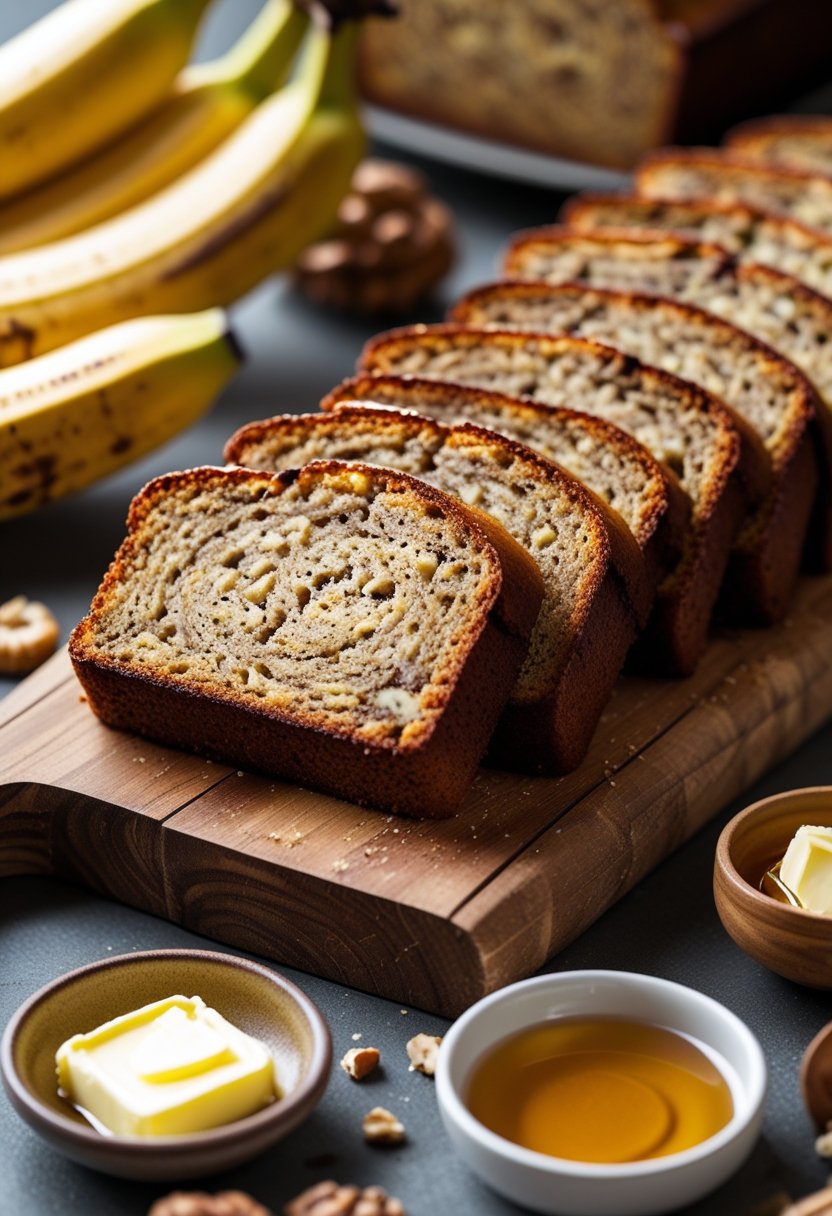
Toasting banana bread slices brings out a nice texture contrast. The outside becomes crisp while the inside stays soft and moist.
Using a toaster or toaster oven works best. It helps the bread get evenly warmed without drying out.
Adding a thin layer of butter after toasting can improve the flavor and make the bread more enjoyable. Some people like to add toppings like cinnamon, Nutella, or honey to add more taste.
Toasted banana bread also makes a good base for creative dishes. For example, it can be used to make French toast for a unique breakfast option.
Overall, toasting is an easy way to refresh leftover banana bread or change up how it is eaten. It adds a small crunch that balances the soft texture inside.
6) Use a standard loaf pan for even baking
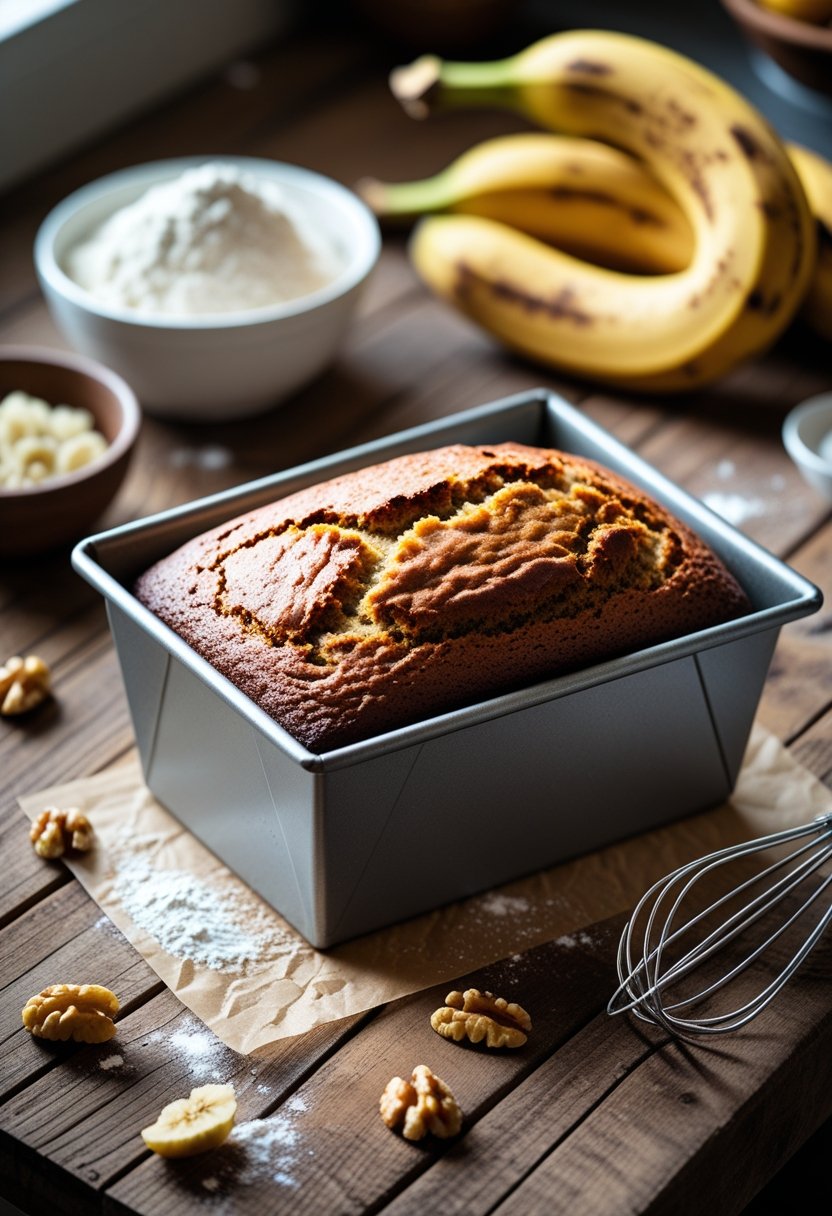
Using a standard loaf pan, usually 9×5 inches, is important for baking banana bread evenly. This size allows heat to circulate around the batter, helping the bread cook through without burning the edges or leaving the center undercooked.
If the pan is too large, the bread may bake too fast and become flat. A smaller pan can cause the batter to rise too high and spill over. The 9×5-inch pan offers the right balance to get a tender crumb and even rise.
Bakers should fill the pan about two-thirds full. This leaves space for the banana bread to rise without overflowing. Using the right pan size also helps with consistent baking times, keeping the recipe reliable every time.
7) Include vanilla extract for subtle sweetness

Adding vanilla extract to banana bread brings a gentle, warm sweetness. It enhances the natural flavor of ripe bananas without overpowering them. Vanilla creates a richer taste that many find comforting.
Vanilla is a common ingredient in baking and pairs well with banana bread. Its subtle notes add depth and complexity to the loaf. This small addition can make the bread feel more aromatic and inviting.
Using vanilla extract is simple. Most recipes call for one to two teaspoons, mixed into the batter with wet ingredients. It blends smoothly and helps balance the overall flavor.
In short, vanilla extract makes banana bread taste a bit sweeter and more fragrant. It can turn a basic loaf into something with a little more character, all while keeping the natural banana taste front and center.
Baking Tips for Perfect Banana Bread
Perfect banana bread depends on using the right ingredients and careful baking. The type of bananas, how the batter is mixed, and baking time all affect the texture and flavor. Paying attention to these details helps create a moist, tender loaf.
Choosing Ripe Bananas
Bananas should be very ripe for the best flavor and sweetness. Look for bananas with brown spots or fully brown skins. These bananas are softer and sweeter, which helps make the bread moist and flavorful.
Unripe or green bananas will not mash well and can cause the bread to turn out dry or bland. Using overripe bananas also helps bring out a rich banana taste without adding extra sugar.
For convenience, bananas can be frozen when very ripe and thawed before use. This method maintains moisture and softness.
Mixing Techniques
Overmixing the batter can make banana bread tough. The ingredients should be combined until just blended. Small lumps of banana in the batter help keep the bread moist.
Wet ingredients like mashed bananas, eggs, and butter are mixed separately from dry ingredients. The dry ingredients are gently folded into the wet mix without stirring too much.
Using melted butter instead of oil or solid butter can help improve moisture and texture. Adding vanilla extract or a pinch of salt enhances the flavor without changing the mixing process.
Baking Time and Temperature
Banana bread bakes best at 350°F (175°C). This temperature allows the bread to cook evenly without burning the edges or leaving the center undercooked.
Baking time usually ranges from 50 to 60 minutes. Testing for doneness is important. Insert a toothpick into the center of the loaf. If it comes out clean or with a few moist crumbs, the bread is done.
Using an oven thermometer ensures accurate temperature. Opening the oven door too often can cause temperature drops, which may affect baking time and texture.
Ingredient Variations for Banana Bread
Banana bread can be customized by changing ingredients to suit different tastes or dietary needs. Adjustments can make it healthier, introduce new flavors, or accommodate gluten intolerance. Each change affects texture and taste in specific ways.
Healthier Substitutions
To make banana bread healthier, sugar can be replaced with natural sweeteners like honey or maple syrup. Using less sugar overall also lowers calories. Instead of butter, oil or mashed avocado adds healthy fats and keeps the bread moist.
For extra nutrition, whole wheat flour or oat flour can substitute all-purpose flour. These options increase fiber and nutrients but may change the texture slightly, making it denser. Yogurt or applesauce can replace some of the fat, reducing calories without drying the bread.
Adding nuts or seeds boosts protein and healthy fats. It also adds crunch. Using ripe bananas ensures natural sweetness, which allows cutting back on added sugars.
Flavor Add-Ins
Banana bread pairs well with many flavors. Classic choices include chocolate chips or chopped nuts like walnuts or pecans. These add texture and richness.
Fruit additions like blueberries or cranberries add moisture and fresh bursts of flavor. Spices such as cinnamon, nutmeg, or cardamom enhance warmth and depth.
For a twist, some add shredded coconut or peanut butter for a new taste dimension. Extracts like vanilla or almond intensify the aroma without changing the batter’s consistency.
Gluten-Free Options
Using gluten-free flours like almond, rice, or coconut flour allows those with gluten sensitivity to enjoy banana bread. These flours behave differently, so recipes often require extra eggs or binding agents like xanthan gum.
Gluten-free banana bread may be more crumbly or dense, so careful mixing and moisture balance is important. Blending multiple gluten-free flours can improve texture.
Checking that all add-ins, like chocolate chips or baking powder, are gluten-free is also important to avoid contamination. Gluten-free banana bread can be just as flavorful with the right adjustments.
Frequently Asked Questions
Many key details affect the success of banana bread. Using very ripe bananas adds more flavor, while brown sugar and sour cream help keep it moist and tender. Adjusting ingredients based on how many bananas are available and keeping the recipe simple are common concerns.
What are the steps to make a moist banana bread?
He or she should start by using very ripe bananas. Mixing brown sugar and sour cream into the batter improves moisture and richness. Combining all ingredients in one bowl simplifies the process and helps avoid overmixing.
Which ingredients can I substitute in a banana bread recipe to make it healthier?
They can swap butter for applesauce or Greek yogurt to reduce fat. Using whole wheat flour instead of all-purpose flour adds fiber. For less sugar, substitute part of the brown sugar with mashed bananas or a natural sweetener.
How can I adapt a banana bread recipe for a different number of bananas?
If fewer bananas are used, reduce other wet ingredients slightly to keep the batter balanced. For more bananas, increase the flour or leavening agents slightly to maintain the correct texture. Adjusting sugar may also be necessary with extra fruit.
What is the secret to getting the best flavor in banana bread?
Using very ripe bananas is essential. Brown sugar enhances sweetness and depth. Toasting slices before serving can boost the flavor and texture, making it richer and more appealing.
Can you provide a simple banana bread recipe that doesn’t require many ingredients?
Yes. A basic recipe uses ripe bananas, brown sugar, flour, eggs, baking soda, and a bit of oil or butter. Mixing everything in one bowl keeps it easy and quick without special tools or steps.
How do I ensure my banana bread stays moist after baking?
It is important to let the bread cool completely before wrapping it tightly in plastic wrap or storing it in an airtight container. Refrigerating or freezing the bread preserves moisture for longer periods.
